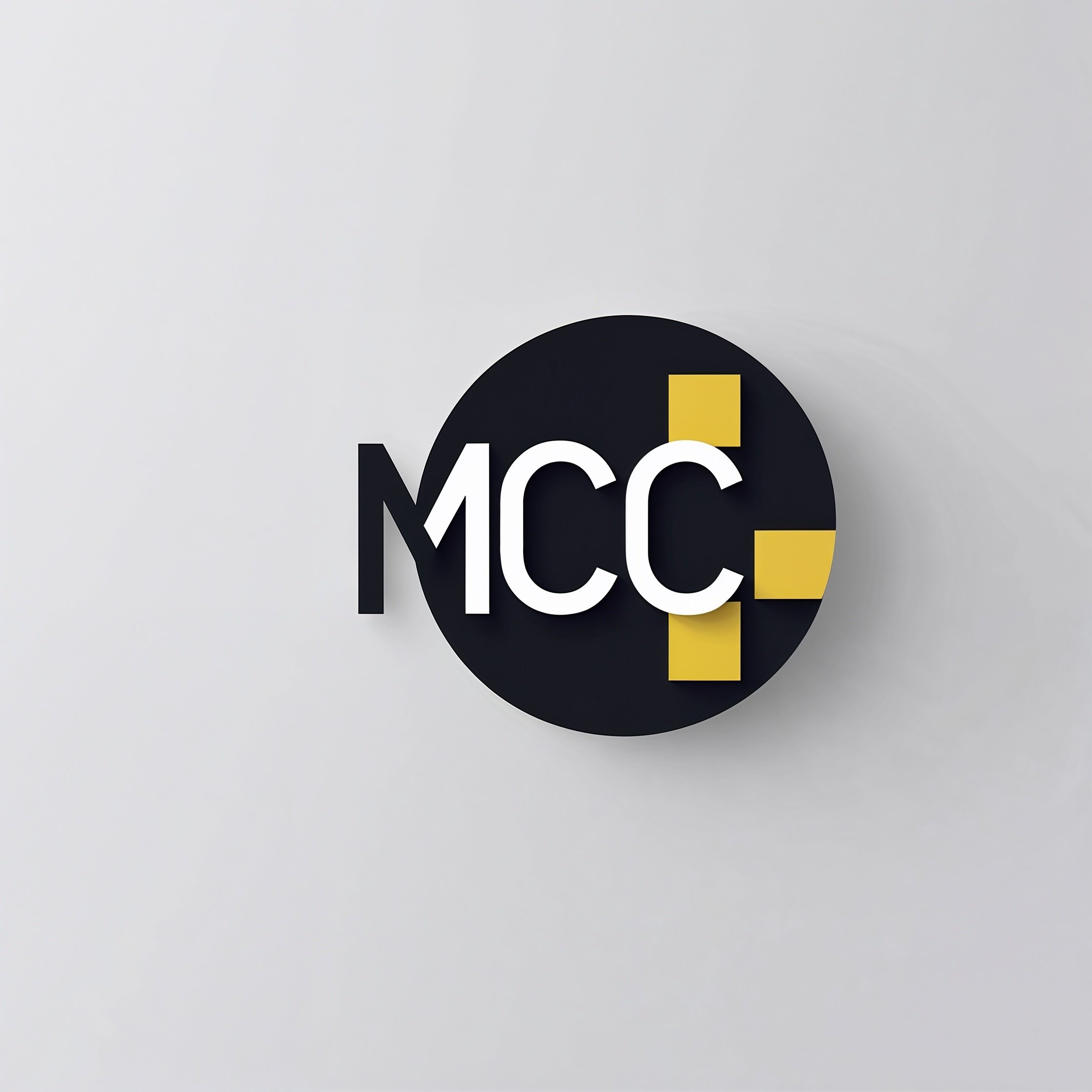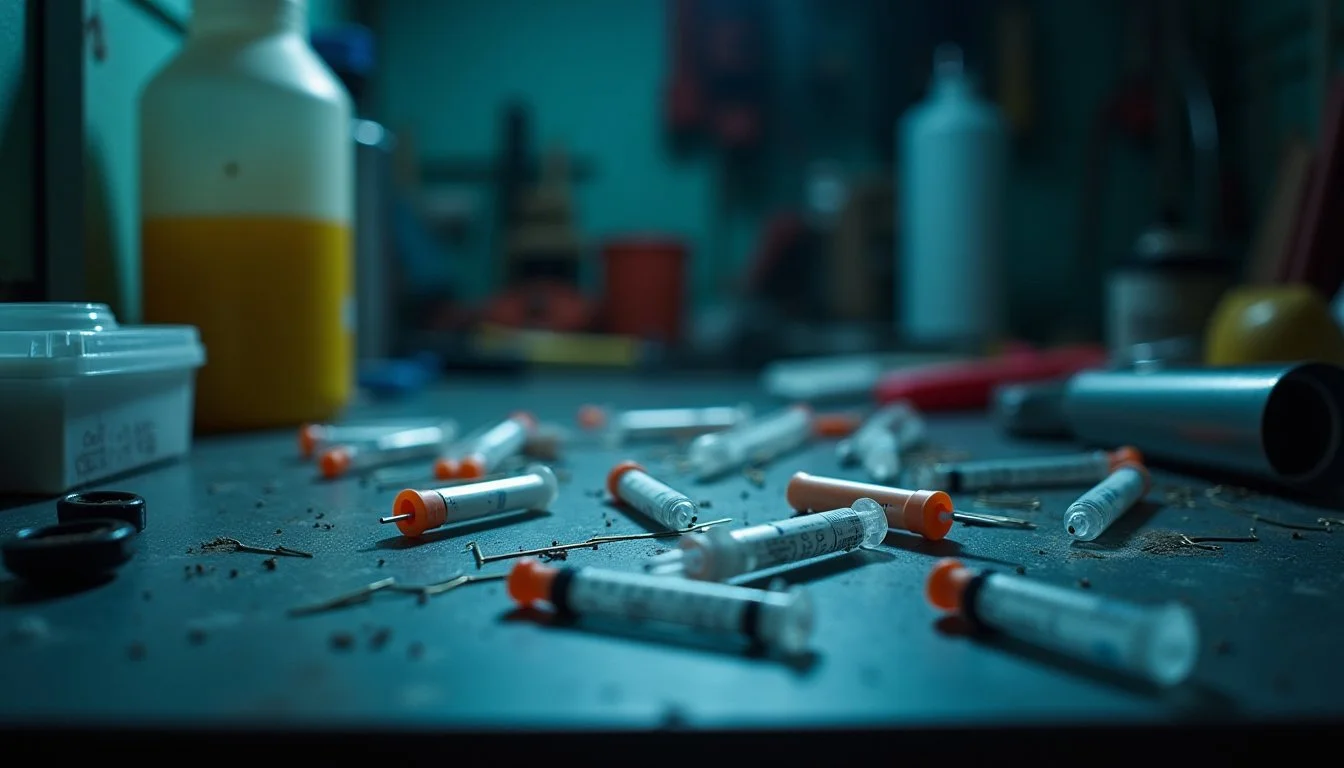
Needles and Sharps Awareness training
“Stay Sharp About Sharps.”
Needles and Sharps Awareness – Handle with Confidence, Protect with Care
Every year, hundreds of thousands of sharps injuries occur—most of them preventable. This course is designed to give anyone handling needles or sharps the knowledge to work safely, reduce risk, and respond confidently in case of an incident.
You’ll learn:
How to safely use, handle, and dispose of sharps
The key risks and what practices to avoid
What to do if an injury occurs
Up-to-date legal responsibilities for both employers and employees
Best practice based on the latest UK regulations and post-Brexit guidance
Whether you work in healthcare, cleaning, beauty, or facilities management, this training helps ensure you—and those around you—stay safe, compliant, and protected.

How it works….
On the course
At a glance…
6 - 10 delegates
Half day course
No qualifications or PPE required
This training course is delivered on-site at your location or at a training centre location and typically lasts half a day, No formal qualifications are needed to attend, making it accessible to all experience levels. Group sizes are kept small, usually between 6–12 delegates, to ensure focused, hands-on learning. Delegates are not required to bring any PPE for this training course
Module 1: Understanding Sharps and the Risks
This module introduces you to what sharps are and why handling them requires extra care. You’ll learn:
What counts as a sharp and what a sharps injury involves
Who is most at risk and when injuries are most likely to happen
The main dangers, including exposure to bloodborne viruses and other biological hazards
The potential health consequences of needlestick injuries
Eye-opening facts and stats that highlight the importance of sharps awareness
By the end of this module, you’ll clearly understand why sharps safety is critical—no matter your role.
Module 2: Legal Responsibilities Around Sharps
This module breaks down the legal framework that governs the safe use of sharps in the workplace. You’ll learn about:
The Health and Safety (Sharp Instruments in Healthcare) Regulations 2013
Key legal duties for both employers and employees
What the term ‘reasonably practicable’ means in real-world settings
Other important legislation linked to sharps safety
How to protect staff through proper risk assessments and control measures
By the end of this module, you’ll understand exactly what the law expects—and how to meet those standards to create a safer work environment for everyone.
Module 3: Safe Handling of Needles and Sharps
This module focuses on how to use and handle sharps safely to prevent injuries before they happen. You’ll learn:
When sharps injuries are most likely to occur—and how to avoid them
Best practices for safe use, handling, and disposal
How to identify medical device markings and use safer sharps
The importance of hand hygiene and the correct use of PPE
Risky behaviours to avoid and the “never do” rules of sharps use
What to do and how to report an injury if it happens
By the end of this module, you’ll be equipped to handle sharps confidently and reduce the risk to yourself and others.
Module 4: Safe and Compliant Sharps Disposal
Proper disposal is just as important as safe use. This module guides you through how to dispose of sharps correctly and responsibly. You’ll learn:
How to segregate waste properly using colour-coded systems
The role of regulatory bodies in managing sharps disposal
How to implement an effective waste segregation system at work
Correct use of sharps boxes—from setup to safe sealing
Why recapping needles is dangerous and must be avoided
Step-by-step guidance on disposing of sharps and full containers safely
By the end, you’ll understand how to reduce risk and stay compliant by following best practices for safe, legal sharps disposal.

Needles and Sharps Awareness – Course Assessment
At the end of the course, learners will complete a theory-based assessment to confirm their understanding of safe sharps use, handling, and disposal.
The assessment includes multiple-choice questions covering:
What sharps are and the risks they present
Key legislation and legal responsibilities
Best practices for the safe use and handling of sharps
Proper disposal procedures and waste segregation
What to do in the event of a sharps injury



